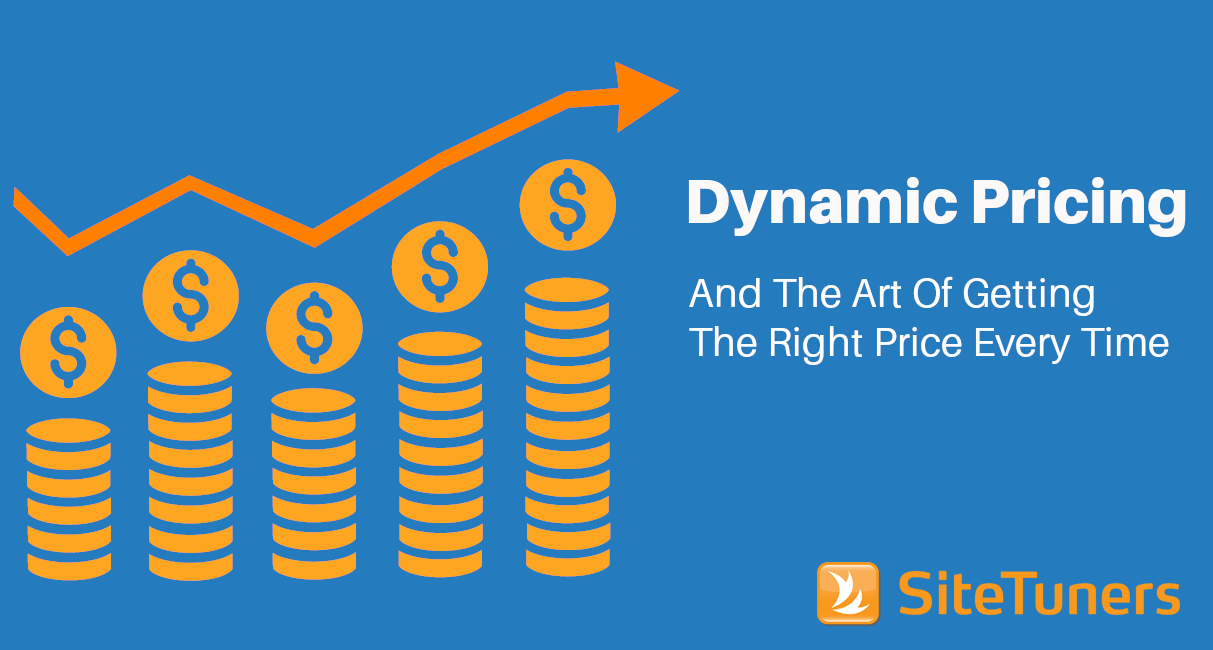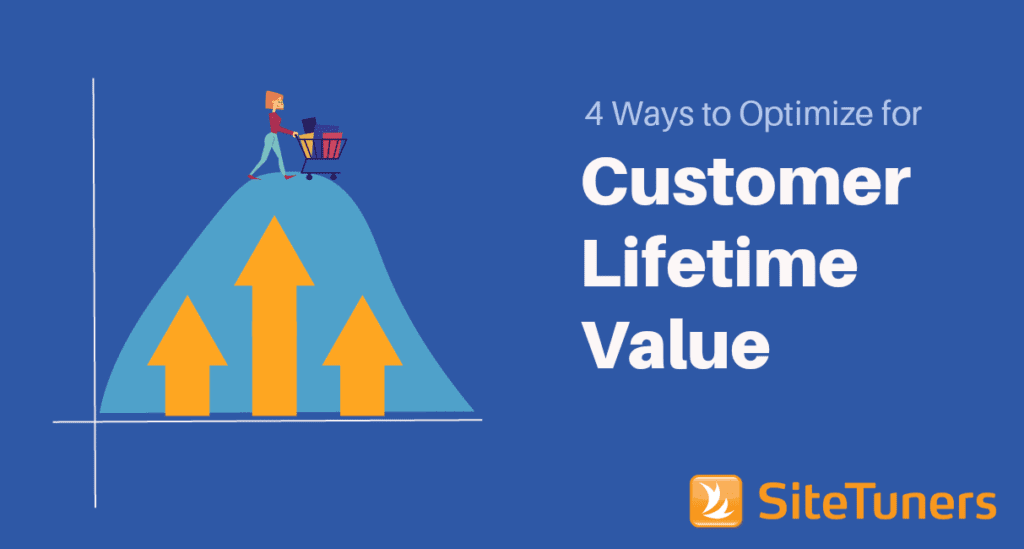
The world is changing, and so are its pricing strategies. It used to be that only a few industries were known as “dynamic,” meaning they could change their prices on a whim — airlines, hotels, event tickets. Nowadays, more and more industries are beginning to adopt those same dynamic pricing principles to capture more of the market share, increase conversions, and boost their profits.
However, dynamic pricing can be a little challenging to understand at first. When you first think about it in an industry like eCommerce, it can feel confusing — why would you charge one customer a higher price than another? Won’t they get mad if they find out? Shouldn’t you just set your prices and rely on things like ads, sales, and general marketing to get customers on your site and buying?
Simply put, no. Dynamic pricing is a tool at your disposal that you should not ignore. We’ll go over some different strategies, and then things to keep in mind as you begin to implement this strategy.
How to do it
First, you’ll need to find the right software. The last thing you want to try to do is manually track the prices of all your competitors in one giant spreadsheet — this is just about the easiest thing you can delegate to AI. Don’t worry about weird glitches or accidentally charging your customers a penny, either — you can easily set up the software to make suggestions, and you get final approval.
Second, you’ll need to settle on a strategy. Dynamic pricing is usually referred to as one big strategy — charging customers different prices based on what they’re willing to pay. This is true, but in reality, there are lots of different ways you can do that. Choosing the right strategy will depend on your product and your market, so you may have to tweak it to fit your business. Here are a few common strategies:
Keeping Competitive
This is probably the most common strategy: charging slightly lower than your competitors. However, while it is the most common, it may not be the best. If all you’re using that pricing software for is to charge a penny less than the other guy, it’s not going to increase your conversions all that much.
Staying on top of what your competitors are doing (and making sure you’re doing it better) is top priority, but there are other ways you can do that besides pricing lower. Use dynamic pricing to make sure you’re in the right price range, but don’t make it your only strategy. If you’re in the right range of prices based on your competitors, it’s time to implement other tactics, or look into a different dynamic pricing strategy.
Segmenting the Market
You may not realize it, but segmenting your market based on what they’re willing to pay for — be it features, quality, or warranty — is not only an effective dynamic pricing strategy, but it can increase your conversions dramatically, along with your profit. Instead of offering just one version of your product, offering a range of options can capture the attention of a wider variety of potential customers.
Time-based
This type of dynamic pricing strategy is charging customers more based on when they buy the product. Sound familiar? It should. Every airline and hotel you’ve ever booked through implements this strategy — the longer you delay booking your trip, the more the airline and hotel are going to charge.
Why does this work? Because you’re willing to pay more to get the right dates, and you know if you book early you’ll save money compared to those who put it off. Shipping is also done this way, where if an order is time-sensitive (i.e. they need that product yesterday), the customer is willing to pay top dollar to get it as quickly as possible.
Seasonality
If you’ve ever tried to buy an A/C window unit in the middle of a heatwave, you understand seasonality. When do customers feel the need for your product more intensely than other times? Utilize that knowledge and set your dynamic pricing strategy accordingly. You shouldn’t be charging exorbitant prices (hello PR nightmare), but you can definitely afford to do some research on what your customers are willing to pay and adjust accordingly.
How to do it right
- Use the data. Invest in good software, spend time customizing it, and pay attention. Don’t guess and experiment until you find something that works — that’s a sure way to annoy your customers and maybe make some big mistakes in the process.
- Try to avoid “race to the bottom” tactics. If the beginning and end of your strategy is to charge a lower price than the other guys, you’re doing it wrong. That’s a good starting point, but make sure to keep an eye on the bigger picture, and combine that strategy with others.
- Don’t flail around wildly, but try new things! Just because one thing is working well doesn’t mean tweaking it won’t be even better. Also: your competitors are experimenting too. This will help you stay ahead of the curve.
In the end, optimizing your conversion rate is a combination of a lot of different strategies, and you have to find what works for your business. Implementing a dynamic pricing strategy that takes advantage of what your customers are willing to pay, when they’re willing to pay more, and — most importantly — why this fluctuates, will be the key to success.
About the Author



